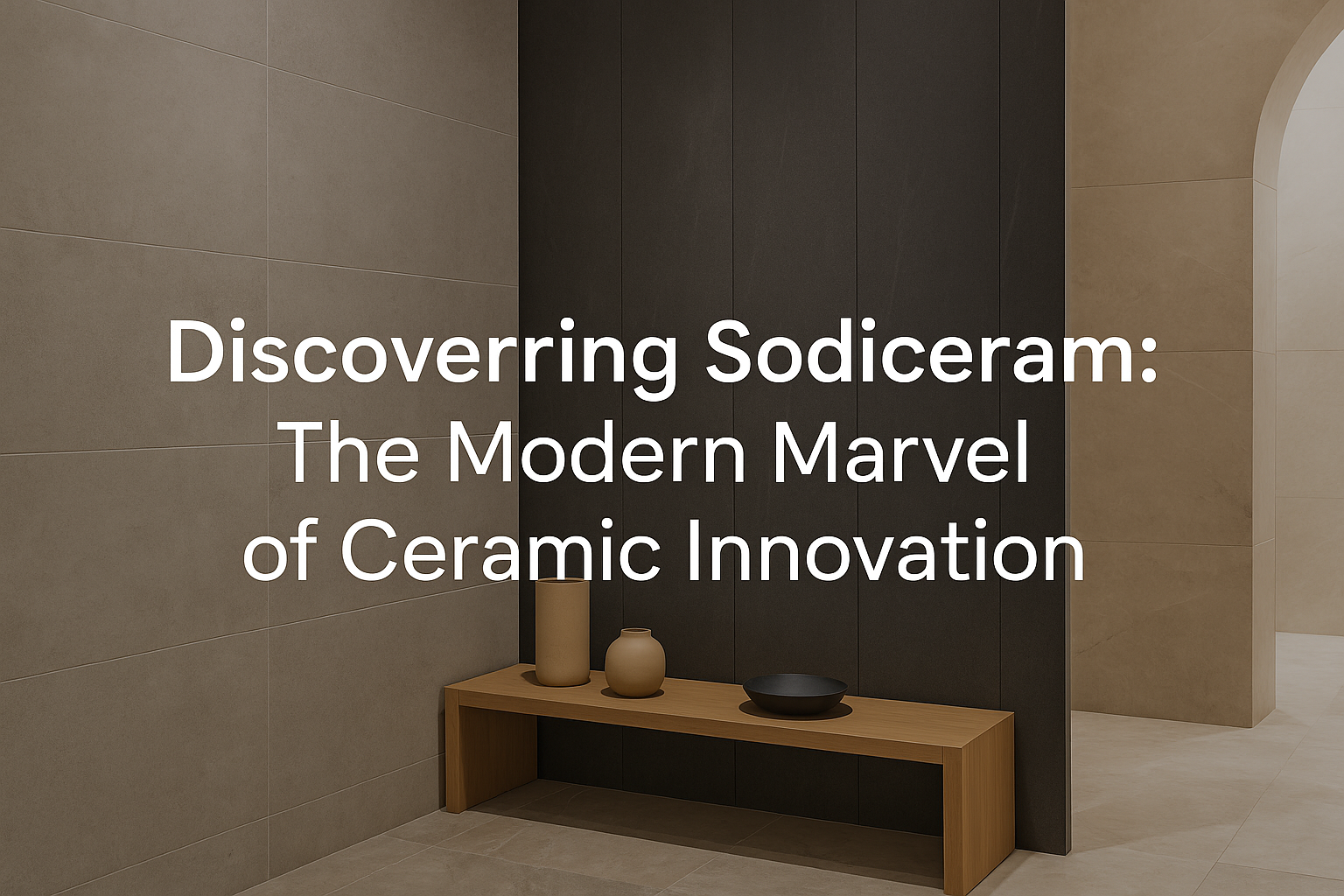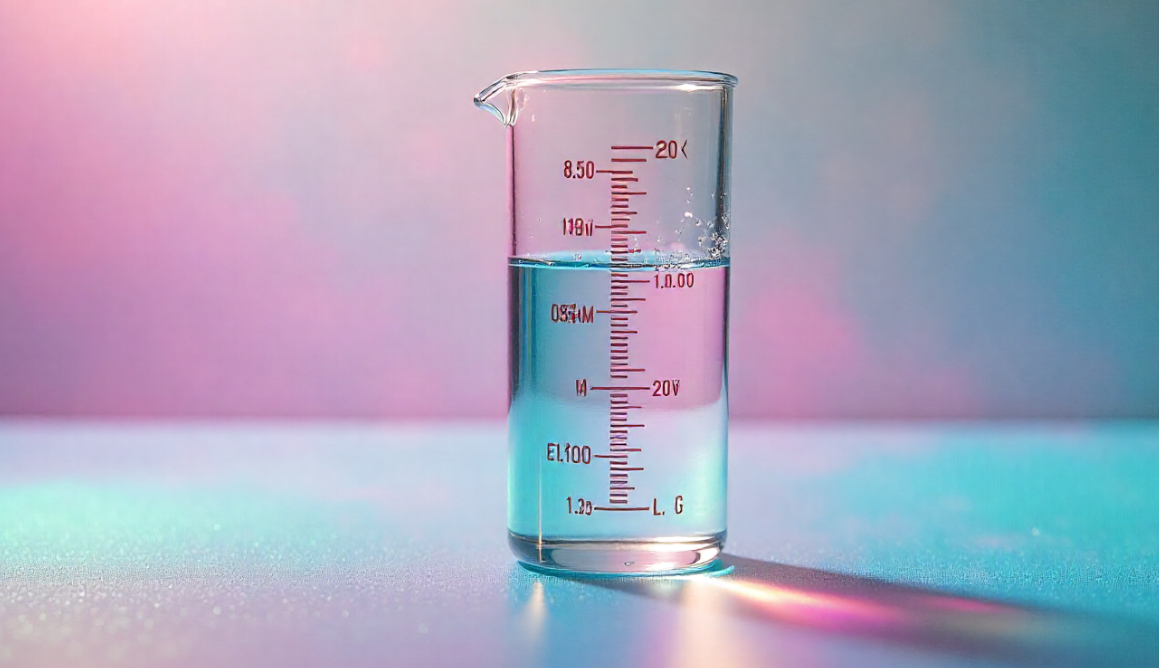Discovering Sodiceram: The Modern Marvel of Ceramic Innovation

In today’s fast-paced world of architecture, design, and sustainable construction, materials that combine durability, aesthetics, and innovation are in high demand. Among these materials, sodiceram has rapidly become a key player. From luxurious floor tiles to versatile wall panels and cutting-edge exterior solutions, sodiceram represents the next step in ceramic evolution.
While traditional ceramics have always been a staple of construction and interior design, sodiceram offers advanced properties and performance features that meet modern expectations. Whether you are an architect designing a contemporary home, a builder looking for long-lasting materials, or a homeowner seeking stylish finishes, sodiceram presents a compelling option.
What is Sodiceram?
Sodiceram is a specialized ceramic material engineered for enhanced performance across various architectural and decorative applications. It is generally produced through a high-temperature sintering process, using high-quality clays and minerals. The result is a dense, strong ceramic with low water absorption, increased resistance to wear, and outstanding visual appeal.
Unlike conventional ceramic tiles, sodiceram is often manufactured with advanced digital printing techniques and surface treatments that replicate natural textures such as stone, marble, wood, or concrete. This allows sodiceram to mimic the look of more expensive natural materials without compromising on performance or affordability.
The name sodiceram is increasingly associated with premium products in the tile and ceramic market. It often signifies quality, longevity, and sophistication in design.
The Key Features of Sodiceram
There are several reasons why sodiceram is gaining attention globally. Its properties go far beyond those of regular ceramic materials. Here are some of the key features that set sodiceram apart:
Exceptional Durability
Sodiceram is built to last. Its dense composition and hard surface make it resistant to scratches, chips, cracks, and abrasion. This durability makes sodiceram ideal for both residential and commercial applications, including high-traffic areas such as malls, airports, restaurants, and office buildings.
Weather and Moisture Resistance
Thanks to its low porosity and high structural integrity, sodiceram performs exceptionally well in outdoor conditions. It resists moisture penetration, preventing damage from freezing and thawing cycles. This makes sodiceram suitable for patios, garden paths, pool decks, and ventilated façades.
Stunning Aesthetic Variety
Sodiceram products are available in a vast range of designs, finishes, and colors. From polished marble effects and rustic wood grains to industrial concrete textures and minimalist matte tones, sodiceram offers something for every style. This makes it an ideal choice for modern, classic, and eclectic interiors alike.
Eco-Friendly Production
Many sodiceram manufacturers focus on sustainable practices, such as using recycled materials, water-saving manufacturing methods, and energy-efficient kilns. As environmental concerns grow across the construction industry, sodiceram’s eco-conscious production gives it a competitive edge.
Easy Maintenance
Sodiceram surfaces are incredibly easy to clean and maintain. They resist staining, do not harbor bacteria or mold, and can be kept pristine with minimal effort. This is especially important in kitchens, bathrooms, medical environments, and hospitality settings.
Applications of Sodiceram in Modern Design
The versatility of sodiceram allows it to be used in virtually any setting. Its applications range from basic tiling to complex architectural projects. Here are some of the most common uses:
Residential Interiors
In homes, sodiceram is widely used for flooring in living rooms, kitchens, bedrooms, and hallways. Its wide selection of designs allows homeowners to create elegant or cozy spaces depending on their preferences. It’s also used in bathroom walls and floors, providing a waterproof and hygienic solution.
Commercial Spaces
Commercial buildings require materials that not only look good but can withstand heavy use. Sodiceram’s strength and ease of maintenance make it ideal for retail stores, hotels, restaurants, and offices. It offers both function and style without compromising either.
Exterior Cladding
Modern architecture is embracing sodiceram as a solution for building facades. When used in ventilated cladding systems, sodiceram improves thermal insulation, reduces energy consumption, and enhances building aesthetics. It stands up to the elements while delivering clean, modern lines.
Landscaping and Outdoor Design
Sodiceram is a perfect material for outdoor flooring due to its slip resistance and toughness. It is used in patios, walkways, terraces, balconies, and even outdoor kitchens. Its resistance to heat, cold, and UV radiation ensures longevity in all climates.
Industrial and Public Spaces
Hospitals, schools, airports, and public transportation hubs demand materials that can handle constant traffic and rigorous cleaning. Sodiceram meets these demands while also offering a refined look, elevating the appeal of public infrastructure.
Sodiceram vs Traditional Ceramics
While both sodiceram and traditional ceramics serve similar functions, there are significant differences in their performance, cost-effectiveness, and aesthetics.
Traditional ceramics are more porous, may be less resistant to impact, and typically offer limited design choices. In contrast, sodiceram is denser, stronger, and manufactured using cutting-edge technology that allows intricate surface designs. This not only enhances its durability but also offers premium visual appeal.
Additionally, sodiceram tends to require less maintenance and has a longer lifespan, making it more cost-effective in the long term despite a potentially higher upfront investment.
The Global Growth of Sodiceram
As urbanization increases and consumer preferences shift toward high-performance, sustainable materials, sodiceram is seeing rising demand across international markets. Its growth is driven by trends in smart architecture, modular construction, and sustainable design.
Manufacturers are also expanding their offerings, introducing innovations such as extra-large formats, ultra-thin tiles, anti-slip surfaces, and antimicrobial coatings. These features further broaden sodiceram’s application in residential, commercial, and institutional projects.
In countries with rapid infrastructure development, sodiceram is increasingly seen as the material of choice for flooring, cladding, and decorative elements.
Future Trends in Sodiceram
The future of sodiceram lies in technological advancement and environmental responsibility. As digital printing techniques continue to evolve, we can expect even more realistic textures and custom design possibilities.
Another major trend is smart ceramic surfaces. With IoT integration, sodiceram may eventually feature touch-sensitive tiles, temperature regulation, and self-cleaning coatings. While still in experimental stages, these innovations could redefine how sodiceram is used in homes and smart buildings.
Sustainable production methods are also expected to improve. Innovations in low-carbon manufacturing and recycling will enhance sodiceram’s green credentials, aligning it with global environmental goals.
Choosing the Right Sodiceram Product
When selecting sodiceram for a project, consider the following factors:
-
Location: Indoor or outdoor, high-traffic or low-traffic.
-
Design Intent: Minimalist, luxurious, rustic, or industrial.
-
Finish Type: Polished, matte, textured, or natural.
-
Slip Resistance: Essential for bathrooms, kitchens, and exterior areas.
-
Size and Format: Larger slabs for walls, smaller tiles for floors.
Consulting with architects or tile specialists can help ensure the best sodiceram solution is chosen for each application.
Read also: TheHRWP: The Next-Gen HR Platform Driving Digital Workforce Transformation
Conclusion
Sodiceram has emerged as one of the most innovative and versatile ceramic materials available in the modern building and design industry. Its superior strength, extensive design flexibility, environmental benefits, and long-term value make it an exceptional choice for a wide range of applications.
As consumer expectations rise and design trends evolve, sodiceram continues to lead the way in shaping stylish, functional, and sustainable spaces. Whether you are designing a chic apartment, building a commercial complex, or revamping a garden terrace, sodiceram is the ideal material to bring your vision to life.













Post Comment